Why Do You Love the Way You Do?
Uncover the hidden patterns shaping your relationships.
Take the 5-minute Attachment Style Quiz and begin your journey toward deeper, healthier connections.
Why Do You Love the Way You Do?
Uncover the hidden patterns shaping your relationships.
Take the 5-minute Attachment Style Quiz and begin your journey toward deeper, healthier connections.
Have you ever felt like your heart wants one thing… but your actions say another?
Maybe you pull away when someone gets too close. Or you hold on too tightly, afraid they’ll leave.
These patterns aren’t flaws. They’re clues.
Relationships are mirrors, reflecting how we see ourselves, what we fear, and what we long for most.
Sometimes, the reflection feels cloudy.
You don’t understand why you react the way you do.
You want deep connections, but something inside keeps getting in the way.
That “something” might be your attachment style.
Beneath every relationship struggle is a deeper story, one rooted in your earliest bonds.
This isn’t just a quiz. It’s an invitation to uncover your attachment blueprint, the inner compass that silently shapes how you love, connect, and protect yourself in relationships.
Ready to decode your story?
Take this 5-minute Quiz to discover how your early bonds shaped your relationship blueprint, and how you can begin to shift it, with compassion and clarity.
Healing relationships begin within.
When we understand how we relate to ourselves, we begin to understand how we connect with others and the world around us.








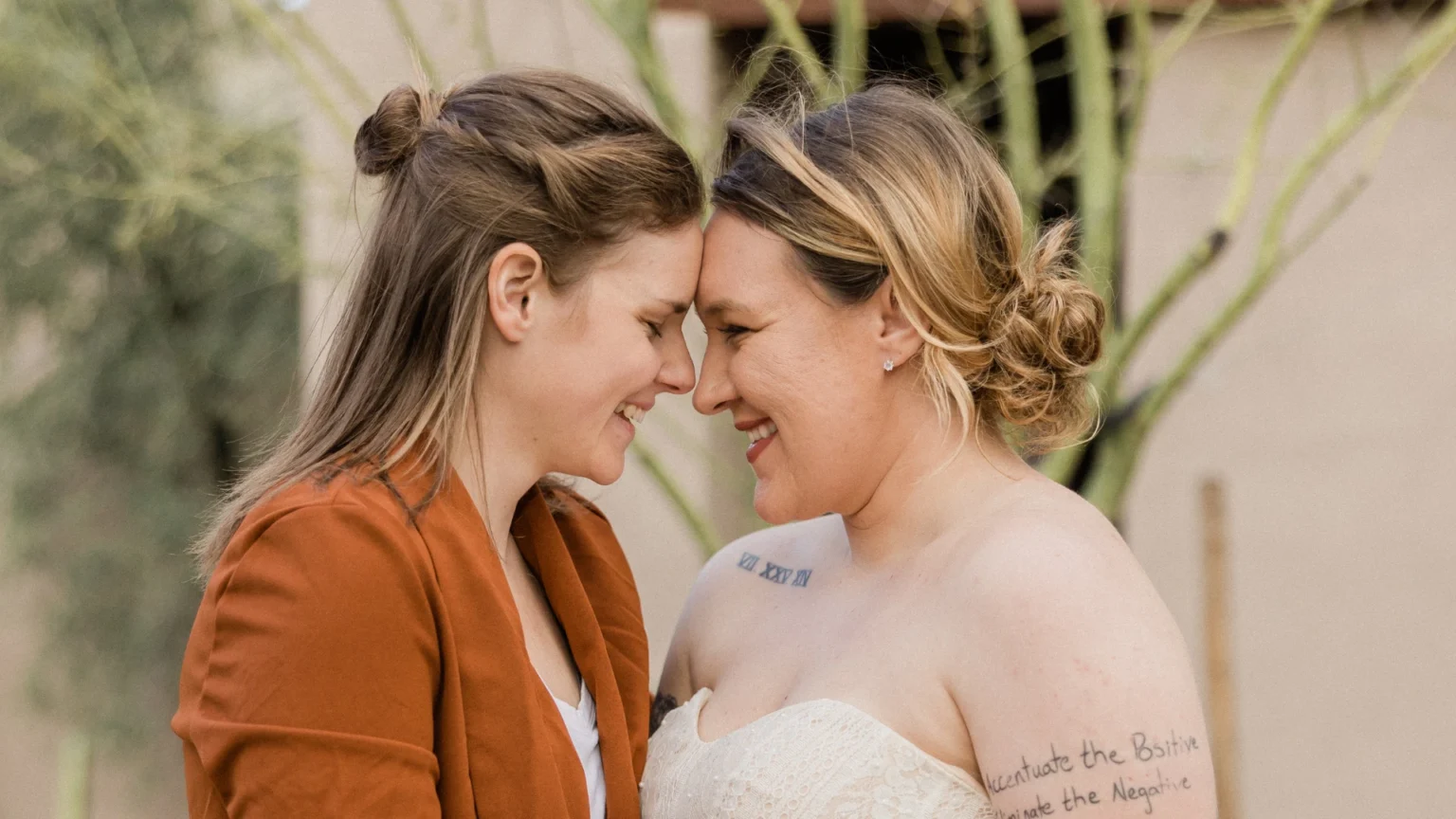

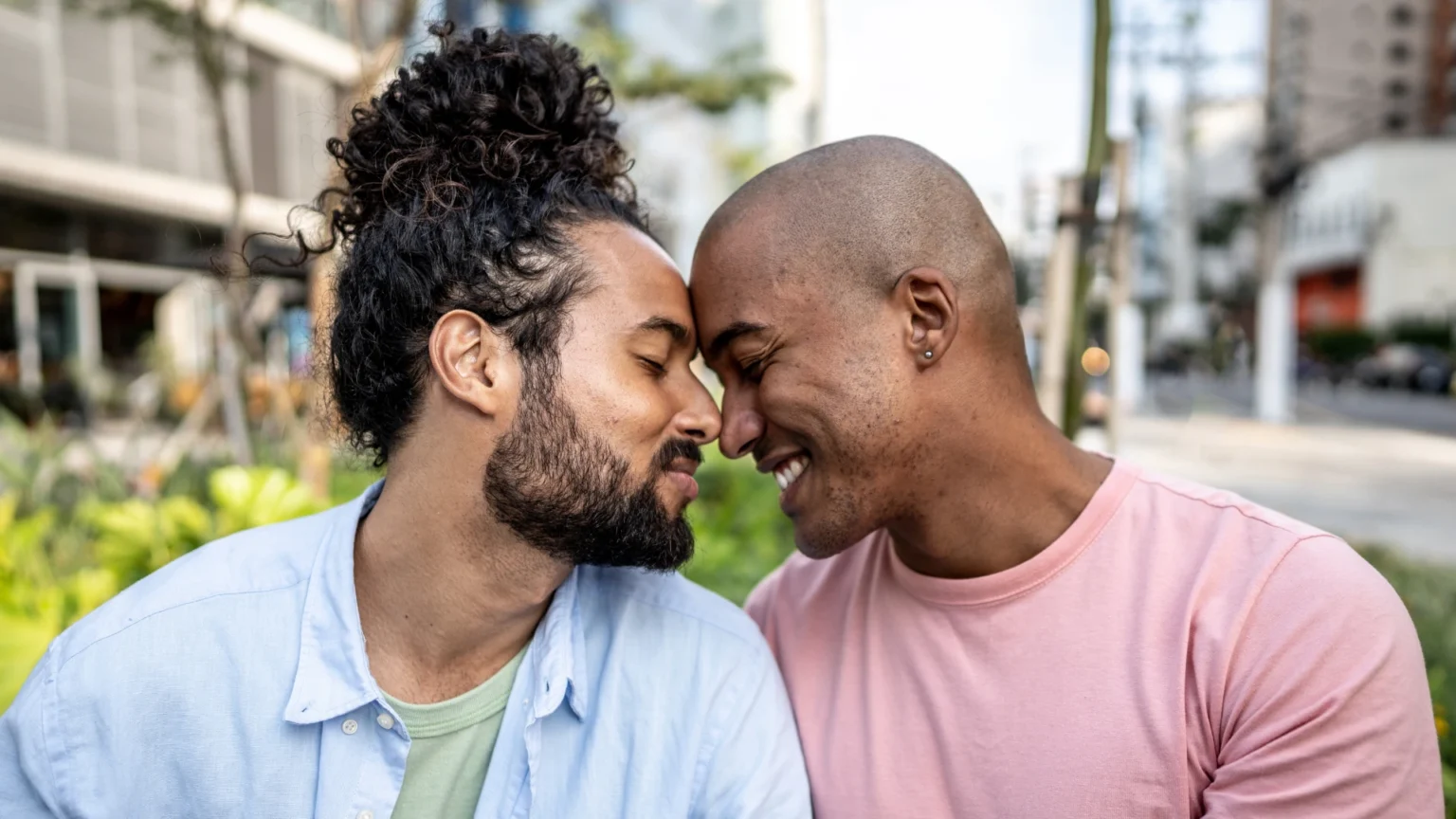

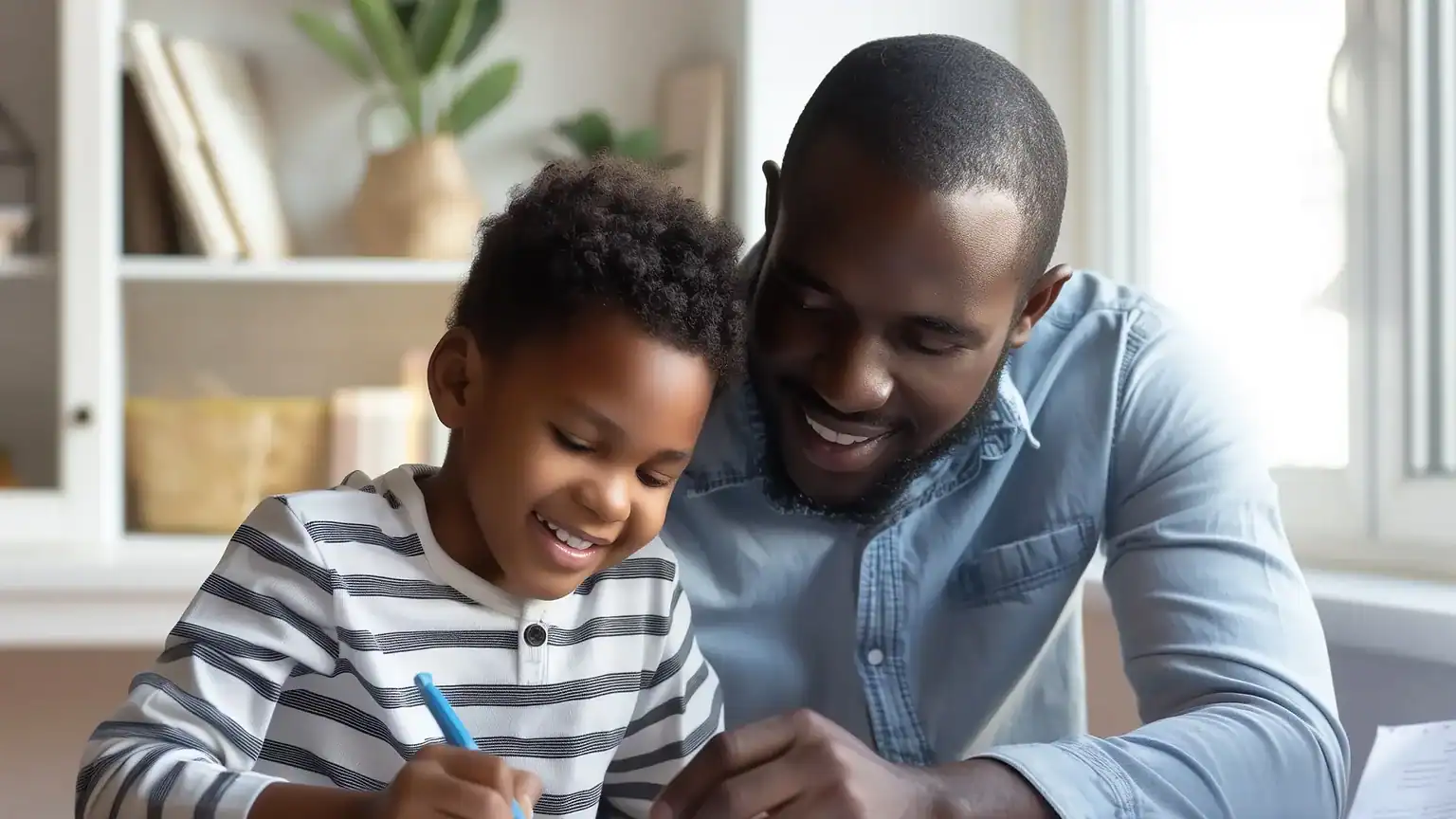


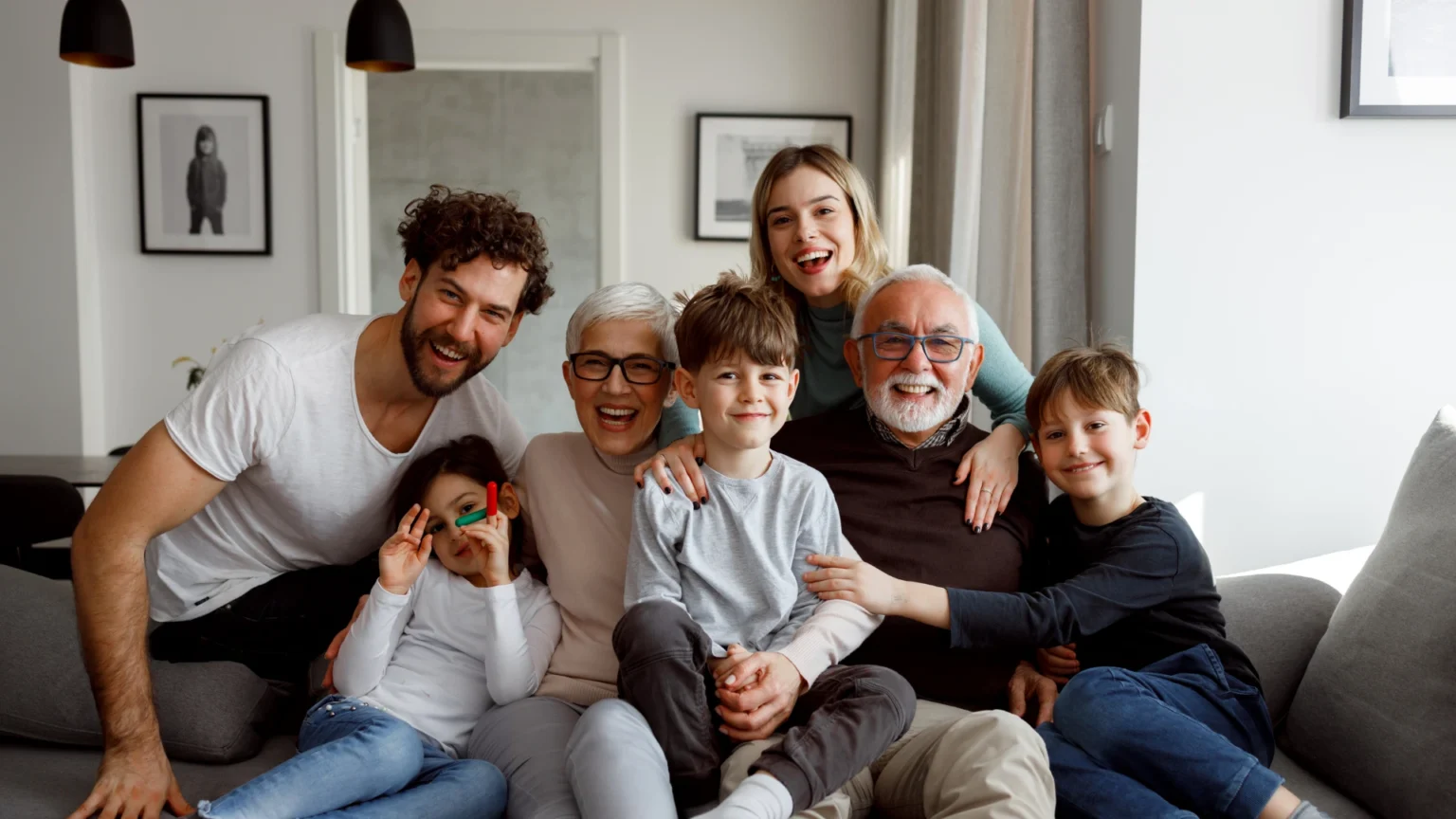
What Is Attachment Style?
Your attachment style is the unconscious pattern your nervous system developed in response to your earliest relationships, especially with your caregivers.
It shapes how safe you feel with closeness, how you respond to emotional needs (your own and others’), and how you navigate connection, trust, intimacy, and conflict.
These patterns don’t just stay in childhood. They often follow us into adulthood, showing up in friendships, romantic partnerships, parenting, and even our relationship with ourselves.
There are four main styles of attachment: Secure, Anxious Preoccupied, Dismissive Avoidant, and Fearful-Avoidant. Each has its blueprint of how we love, protect, and survive in relationships.
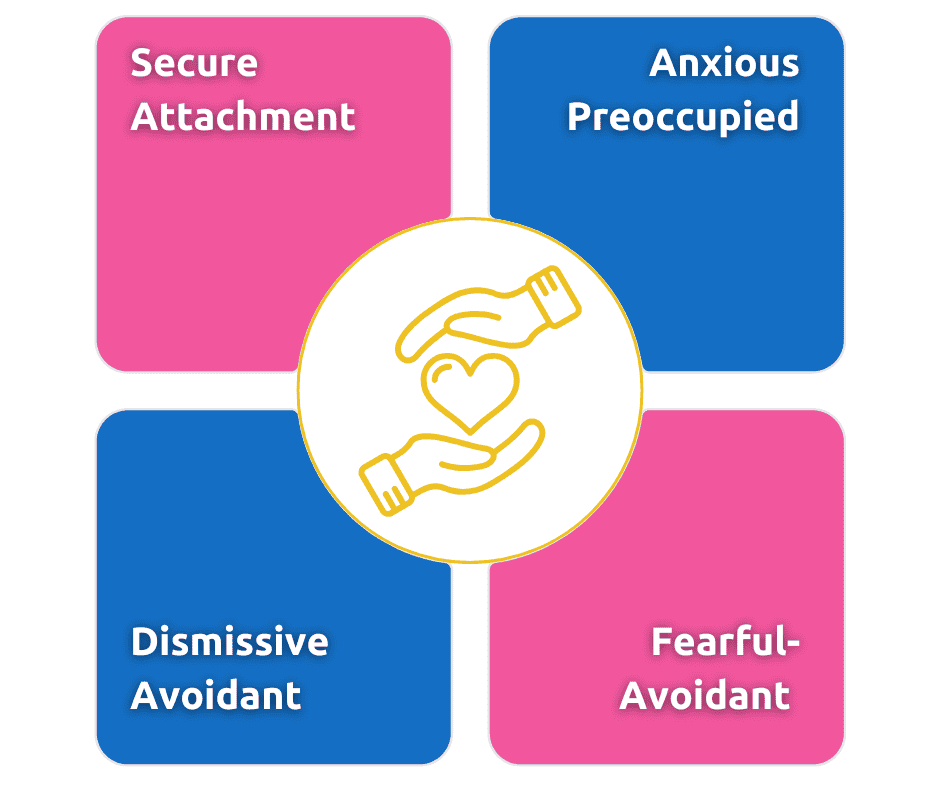
Download the How Attachment System is Developed Guide here.
Understanding your attachment style isn’t just about labels; it’s about awakening to the invisible threads that weave through your relationships, self-worth, and emotional safety.

Your attachment style quietly influences:
- How you express love and receive it.
- How you deal with conflict, distance, and closeness.
- Whether you trust easily or feel the need to protect yourself.
- How you show up in friendships, romantic partnerships, family dynamics, and even how you parent
When you understand your attachment style, you’re no longer reacting on autopilot. You begin responding with awareness, compassion, and a sense of choice.
This matters because healing your attachment wounds creates a ripple effect in every part of your life.
It’s not about being “secure” overnight. It’s about becoming conscious of your patterns and gently shifting them toward wholeness.
You deserve relationships that feel safe, fulfilling, and real. This is the first step.
Take the Attachment Style Test
This test helps you uncover the attachment style you’ve been operating from, so you can begin to shift from reaction to reflection, from old attachment wounds to new possibilities.

Time's up
The Four Attachment Styles

If you resonate with an anxious preoccupied attachment style, love can feel like a rollercoaster, filled with hope, longing, and a fear of being left behind. You may find yourself overthinking messages, needing constant reassurance, or feeling easily triggered by distance or disconnection.
This isn’t neediness, it’s your nervous system seeking safety. The good news? You can learn to soothe these fears, build inner security, and create relationships rooted in mutual trust and emotional regulation.

If you resonate with fearful-avoidant attachment style, relationships can feel like both a craving and a threat. You may want to connect deeply, but struggle to trust it. You might open up quickly, then suddenly withdraw. You long for intimacy, yet fear being hurt.
This push-pull pattern can be confusing and exhausting for you and others. But it’s not who you are; it’s a protective survival response. With the right tools and compassion, you can untangle this inner conflict and move toward emotional clarity and connection.
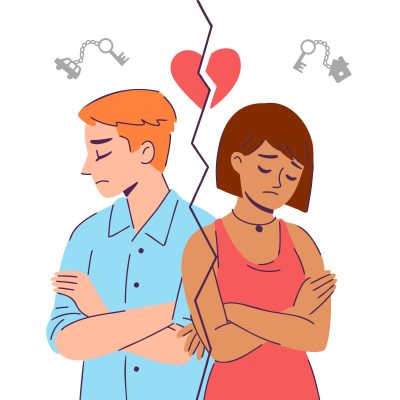
If you resonate with dismissive-avoidant attachment style, you tend to keep your emotional world private. You value independence and may feel uncomfortable when others expect emotional closeness or vulnerability. When things feel intense, you might shut down, pull away, or feel the urge to retreat.
It’s not that you don’t care; you simply feel safer at a distance. The journey forward lies in learning to stay open without feeling overwhelmed and connecting without losing your sense of self.
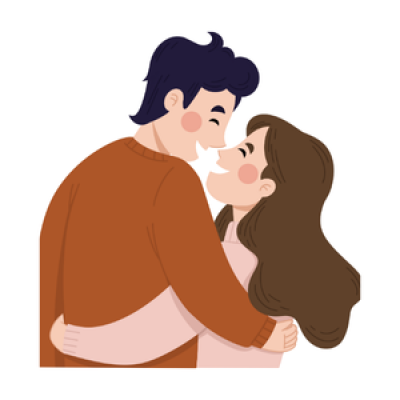
If you’re securely attached, you likely feel safe and confident in relationships. You’re comfortable with intimacy and independence, and you trust others without losing your sense of self. You’re able to express your needs clearly, regulate emotions, and create healthy, balanced connections.
Even if you didn’t grow up this way, building secure attachment is possible. It’s a path of self-awareness, healing, and learning what safety feels like in connection.
Join the Attachment Healing Circle
Learn More About Attachment
Attachment in Action
A YouTube Masterclass exploring real-life dynamics through the lens of attachment theory.
Insightful Blog Articles
Read about how attachment shapes your responses, boundaries, and needs in relationships.
Fernando Hettiyadura’s Transforming Trauma chapters
Read and reflect on a series of poetic, generational journey through love, loss, and healing in family systems.
